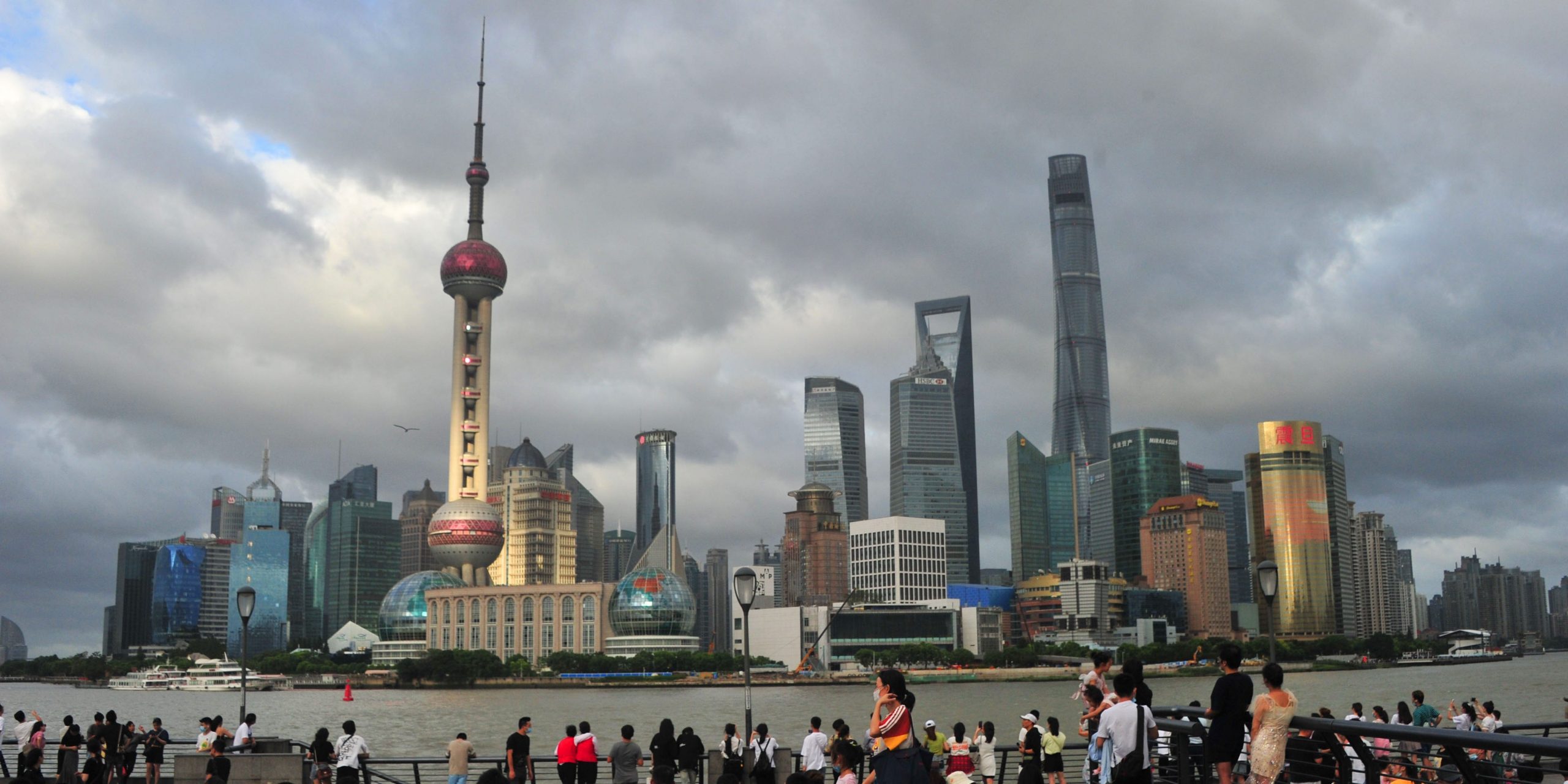
Yang Jianzheng/VCG via Getty Images
- China’s government has announced that it is expanding its weather-control project, which creates artificial rain and snow, by fivefold.
- The State Council said Tuesday the project will soon cover 2.1 million square miles and be ready by 2025. That is about 56% of China’s entire surface area.
- China is one of dozens of countries using “cloud seeding” to try and manufacture good weather conditions for crops or to prevent natural disasters.
- “Cloud seeding” involves spraying chemicals like silver iodide or liquid nitrogen into clouds, where water droplets condense and fall.
- Visit Business Insider’s homepage for more stories.
China is massively expanding its weather-control project, and is aiming to be able to cover half the country in artificial rain and snow by 2025, the government said Tuesday.
The practice of “cloud seeding” was discovered in the US in 1946 by a chemist working for General Electric. China launched its own similar program in the 1960s.
Dozens of other countries – including the US – also have such programs, but Beijing has the world’s largest, employing around 35,000 people, The Guardian reported.
In a statement, China’s State Council said that the country’s cloud seeing project will expand fivefold to cover an area of 2.1 million square miles and be completed by 2025. (China encompasses 3.7 million square miles, meaning the project could cover 56% of the country’s surface area.)
The project will be at a “worldwide advanced level” by 2035, the State Council said, and will help alleviate “disasters such as drought and hail” and facilitate emergency responses “to forest or grassland fires.”

Getty
Generating artificial rain and snow is fairly simple in principle. Spraying chemicals like silver iodide or liquid nitrogen into clouds can make water droplets condense, and fall as rain or snow.
China launched a localized cloud seeding project in Beijing shortly before the 2008 Olympics, which it said successfully forced anticipated rains to fall before the event started.
In June 2016, China allocated $30 million to its cloud seeding project, and started firing bullets filled with salt and minerals into the sky.
A year later, China spent $168 million on a huge supply of equipment to facilitate the project, including four aircraft and "897 rocket launchers," The Guardian said.
As Business Insider previously reported, China's Ministry of Finance wanted to use cloud seeding to create at least 60 billion cubic meters of additional rain every year by 2020.
In January 2019, state media reported that cloud seeding tactics in the western region of Xinjiang had prevented crops from 70% of hail damage.
